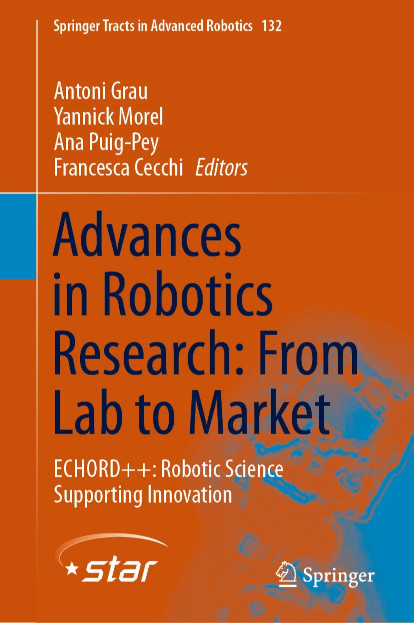

Most ebook files are in PDF format, so you can easily read them using various software such as Foxit Reader or directly on the Google Chrome browser.
Some ebook files are released by publishers in other formats such as .awz, .mobi, .epub, .fb2, etc. You may need to install specific software to read these formats on mobile/PC, such as Calibre.
Please read the tutorial at this link: https://ebookbell.com/faq
We offer FREE conversion to the popular formats you request; however, this may take some time. Therefore, right after payment, please email us, and we will try to provide the service as quickly as possible.
For some exceptional file formats or broken links (if any), please refrain from opening any disputes. Instead, email us first, and we will try to assist within a maximum of 6 hours.
EbookBell Team

4.0
16 reviewsIn this book Part I presents first an overview of the ECHORD++ project, with its mission and vision together with a detailed structure of its functionalities and instruments: Experiments, Robotic Innovation Facilities and Public end-user Driven Technology Innovation PDTI.
Chapter 1 explains how the project is born, the partners, the different instruments and the new concept of cascade funding projects. This novelty made ECHORD++ a special project along the huge number of research groups and consortia involved in the whole project. So far, it is the European funded project with more research team and partners involved in the robotic field.
In Chapter 2, one of the instruments in ECHORD++ is explained in detail: RIF. Robotic innovation facilities are a set of laboratories across Europe funded with the project with the goal of hosting consortia involved in any experiment that have special needs when testing their robotic research. In the chapter the three different and specific RIFs will be described and analyzed.
Chapter 3 explains an important instrument in ECHORD++: the Experiments. In this part, a big number of research groups have been involve in short time funded research projects. The chapter explains the management of such Experiments, from the call for participation, the candidate’s selection, the monitoring, reviews and funding for each of the 36 experiments funded for Echord.
Chapter 4 is very special because it presents the innovation of funding public end-user driven technology, in particular, robotic technology. The robotic challenge is the key of such an instruments together with the management of the different consortia that participated competitively in the success of the robotic challenge proposed by a public entity, selected also with a very special and innovative process.